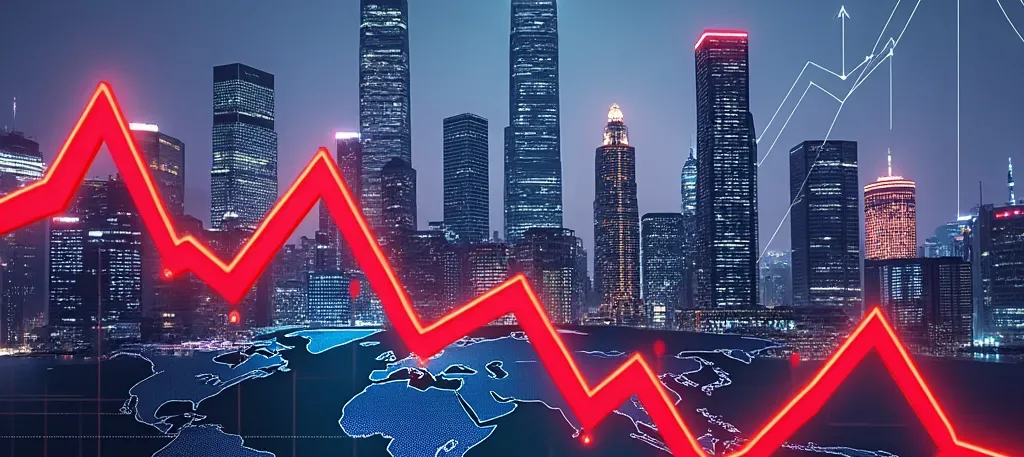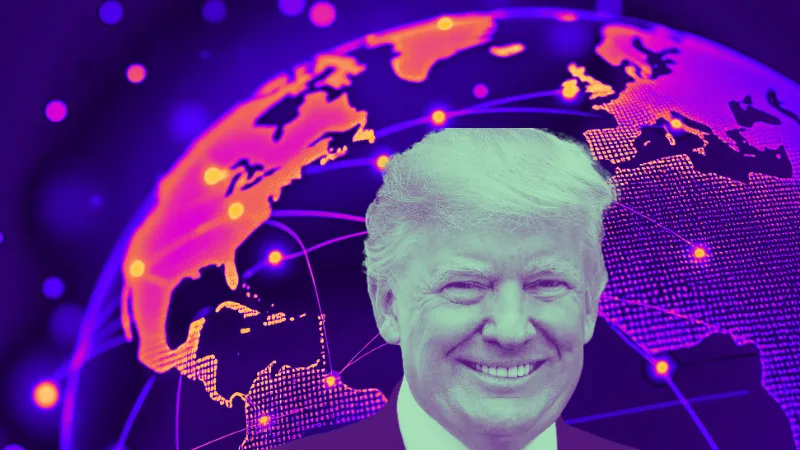China, the world’s second-largest economy, has been grappling with economic challenges ranging from deflation and a real estate crisis to slowing domestic consumption. In response, Beijing has unleashed a wave of stimulus measures designed to prop up its flagging economy. But while these efforts are providing temporary relief, the global implications of China’s economic troubles are significant, raising questions about the long-term stability of the international economic system.
China’s Stimulus Measures: What’s Happening?
To combat the slowdown, China has introduced a sweeping stimulus package, including interest rate cuts, reductions in mortgage rates, and easing downpayment requirements for home purchases. The People’s Bank of China (PBOC) has also cut the reserve requirement ratio, making it easier for banks to lend money, injecting over $140 billion in liquidity into the financial system. Other measures include support for capital markets and targeted financial support for key industries like construction and infrastructure (Gov.cn).
But despite these efforts, experts warn that these moves may not be enough to reverse China’s economic malaise. The real estate market, which represents nearly 30% of China’s GDP, continues to struggle with high debt levels and falling property prices. Beijing’s stimulus package might provide a “positive backdrop,” according to Jefferies economist Mohit Kumar, but it will require more aggressive interventions to spark a sustainable recovery (FXEmpire).
Which Sectors Are Benefiting?
Short-Term Winners
Some sectors have seen a positive response to the stimulus measures. Commodities like oil, copper, and iron ore have rallied in response to increased demand expectations from China. For instance, iron ore prices saw their biggest intraday gain in over a year after Beijing announced the new policies (FXEmpire). Mining companies, such as Freeport-McMoRan and Southern Copper, also experienced stock price jumps of 8% and 7.22%, respectively (Kavout).
The construction and infrastructure sectors, supported by lower interest rates and new government-backed financing programs, are beginning to stabilize as well. However, the long-term health of these industries remains in question due to the heavy reliance on real estate for growth (The Diplomat).
Struggling Sectors
While certain industries have seen a rebound, others continue to lag behind. The manufacturing sector remains a weak spot, with September marking the fifth consecutive month of contraction, as indicated by the Purchasing Managers’ Index (PMI) of 49.8, below the growth threshold of 50 (BusinessWorld). The services sector, a key driver of consumer spending, also showed its first contraction since December 2023, suggesting low consumer confidence (BusinessWorld).
The real estate sector is perhaps the hardest hit. High-profile developers like Evergrande and Country Garden are on the brink of collapse, with over $500 billion in bad debt and unfinished housing projects affecting millions of Chinese citizens (The Diplomat). This has led to a broader crisis of confidence, with property prices dropping by nearly 23% in some areas and overall household wealth declining sharply (The Diplomat).
Global Market Impacts: A Ripple Effect
China’s economic slowdown is already being felt around the world. As the world’s largest consumer of raw materials, any downturn in China’s demand ripples through global commodity markets. The recent rise in commodity prices—particularly in oil and metals—has sparked fears of inflationary pressures. Countries grappling with high inflation may face additional headwinds if China’s recovery leads to sustained increases in commodity prices (FXEmpire).
In the context of global trade, China’s slowdown could have a severe impact on countries that depend heavily on exports to China. In 2021, nearly 20% of all goods exports from developing economies went to China, five times the share at the start of the century (Brookings). A deeper contraction in China’s economy could, therefore, have an outsized impact on commodity-exporting countries like Brazil, Australia, and South Africa, further weakening their economies.
Deflation and the Debt Spiral: A Dangerous Trend
One of the most concerning aspects of China’s economic downturn is the risk of deflation. Consumer prices in China fell into deflationary territory in July 2023, a typical sign of a weakening economy. Deflation raises the real value of debts, squeezing companies and local governments already burdened by high levels of debt. This could set off a vicious cycle of lower spending, weaker demand, and even more deflation, further harming both domestic and global economic stability (Euromonitor).
“If expectations of falling prices become entrenched, companies may delay investments and consumers might further postpone spending, leading to weaker demand and growth,” warns Justinas Liuima, an economist at Euromonitor International (Euromonitor). With the total debt burden already approaching three times domestic GDP, China’s deflationary pressures pose a serious risk not just to its own economy but to the global financial system as well (Euromonitor).
Geopolitical Ramifications: A Delicate Balancing Act
China’s economic troubles also have significant geopolitical implications. President Xi Jinping’s focus on “common prosperity” and tighter state control has led to increased regulatory scrutiny on private companies, disrupting industries ranging from technology to finance. This has shaken investor confidence and raised questions about the long-term stability of China’s business environment (Al Jazeera).
Furthermore, geopolitical tensions between China and the West could intensify if the economic situation deteriorates further. Analysts at the Thomson Reuters Institute suggest that an economic downturn could lead China to adopt a more aggressive foreign policy stance to distract from domestic issues, potentially heightening tensions in already volatile regions like Taiwan and the South China Sea (Thomson Reuters: Clarifying the complex).
Conclusion: A Precarious Path Forward
While China’s stimulus measures offer temporary relief, the underlying issues—high debt levels, a struggling real estate market, and deflationary pressures—remain unresolved. The effectiveness of the stimulus in reviving sustainable growth is uncertain, and the global implications are vast. From the potential for increased inflation in global markets to the risk of a more assertive Chinese foreign policy, the world will be watching closely.
For now, China’s economic troubles serve as a reminder of the interconnected nature of the global economy. Policymakers and businesses must remain vigilant and prepare for a range of scenarios, as the repercussions of China’s economic policies will likely be felt far beyond its borders.
By monitoring the developments in China’s policy responses and the subsequent market reactions, global investors and businesses can better position themselves for the potential risks—and opportunities—that lie ahead.






